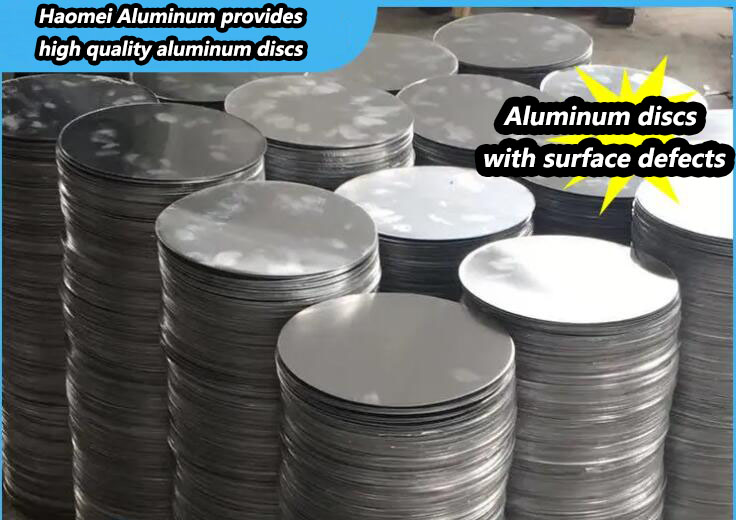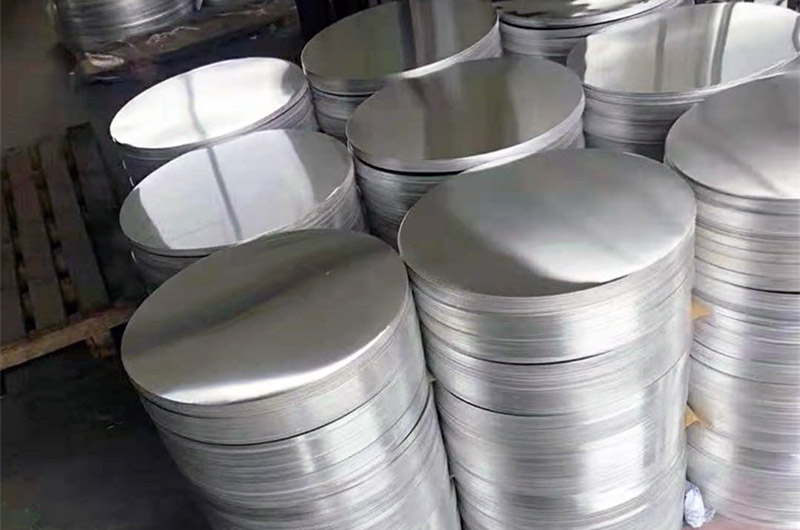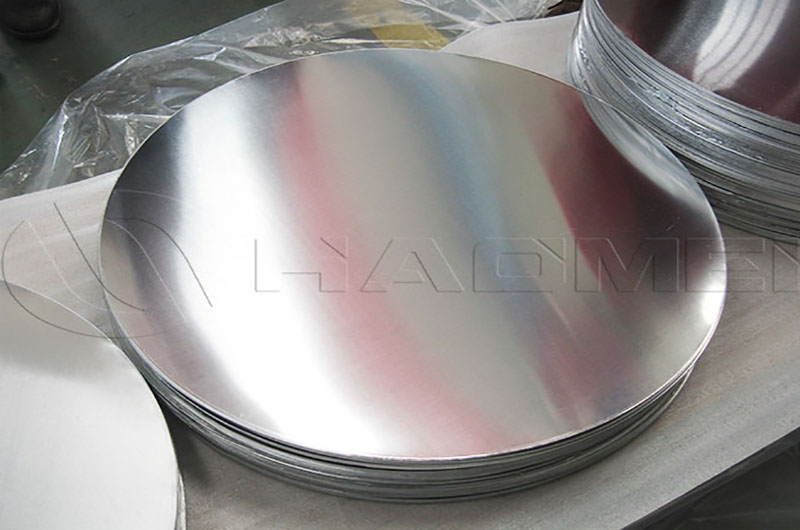- Spinning cracking problem
- Cellulite problem
- Surface oxidation
- Surface defects
- Size deviation
- Effect of temperature changes
- Internal defects
- Hardness problem
- Surface treatment issues
- Chemical composition issues
- Insufficient weight
Aluminum pans are widely used in kitchenware production, and such problems are often encountered during spinning or deep drawing production.
Spinning cracking problem
During the spinning process of aluminum circles, cracks and edge cracks may occur due to the presence of sand, impurities, or metal embedding, which wastes a lot of time and cost for workers. Aluminum discs produced from scrap often encounter such problems.
Solution suggestions:
- Raw material control: Strictly control the quality of raw materials to ensure that there are no sand, impurities or metal embedded during the spinning process.
- Production process optimization: Optimize the spinning process to ensure that mechanical stress is minimized during production and reduce the risk of cracking.
- Material Handling: Adequate material handling of scrap products to ensure that defects are not introduced when reused.

Cellulite problem
During the spinning process, the finished pot surface is sometimes not smooth and needs to be polished. The main reason is that the grain size of the aluminum wafer is minor or the head and tail of the material are not completely removed during the production process of the aluminum wafer.
Solution suggestions:
- Grain size control: By adjusting the production process of aluminum wafers, the grain size is controlled and the orange peel phenomenon on the surface is reduced.
- Head and tail processing: Ensure that during the production process of aluminum wafers, the head and tail of the material are completely removed to prevent uneven grain distribution.
Surface oxidation
Aluminum is easily oxidized to form an aluminum oxide film. This can cause the surface to become rough, affecting appearance and performance.
Although aluminum pans have good anti-rust properties, if they are exposed to rain or water during storage or transportation, the surface is easily oxidized. It will affect the appearance of kitchen utensils. Therefore, the packaging must be tight and enough desiccant must be included.
Solution suggestions:
- Prevent moisture intrusion: Pack aluminum wafers tightly to avoid moisture intrusion. Moisture-proof bags, vacuum packaging, etc. can be used.
- Desiccant usage: Add enough desiccant to the package to prevent moisture from causing surface oxidation.
- Coating treatment: Consider applying an anti-oxidation coating on the surface of the aluminum disc to improve its anti-oxidation performance.
Surface defects
Defects such as pits, bubbles, and inclusions may appear on the surface, which may affect its mechanical properties.
Size deviation
Aluminum discs may have deviations in diameter and thickness, which may cause assembly problems or fail to meet design requirements.
Solution suggestions:
- Strict production process control: Ensure that design specifications are strictly followed during the production process, and high-precision equipment and process control are used to ensure dimensional accuracy.
- Regular inspection and measurement: Implement regular dimensional inspection and measurement, and use high-precision measuring equipment to ensure the dimensional stability of the product during the manufacturing process.
Effect of temperature changes
Aluminum discs can expand or contract under temperature changes, which if not taken into consideration can cause assembly or usage problems.
Solution suggestions:
- Material selection: Choose an aluminum alloy with a stable thermal expansion coefficient to reduce the impact of temperature changes on size.
- Temperature control: During production and processing, try to control the stability of temperature to reduce the impact of temperature changes on aluminum wafers.
- Design considerations: Consider temperature changes during the product design phase and adopt appropriate design and material selection to reduce dimensional changes caused by temperature.

Internal defects
There may be defects such as pores and cracks inside the aluminum wafer. These defects may gradually expand during use, causing parts to fail.
Solution suggestions:
- Quality Control and Inspection: Implement strict quality control measures, including the use of advanced non-destructive testing technology, to detect and eliminate possible internal defects.
- Material Handling: Use appropriate heat treatment and material handling processes to reduce the formation of internal defects.
Hardness problem
The hardness of aluminum discs needs to meet specific requirements. If the hardness is insufficient or too high, the parts may be easily damaged during use.
Solution suggestions:
- Hardness test: Hardness tests are performed regularly during the production process to ensure that the hardness of the aluminum discs meets the design requirements.
- Control the heat treatment process: Strictly control the heat treatment process to ensure that the required hardness and strength are obtained.
Surface treatment issues
If the aluminum disc has been surface treated, such as anodizing, coating, etc., poor treatment quality may lead to reduced corrosion resistance or appearance problems.
Chemical composition issues
Different aluminum alloys have different chemical compositions. If the composition does not meet the specifications, its strength, corrosion resistance and other properties may be affected.
Insufficient weight
The aluminum round packaging is a wooden pallet. Usually the weight of each pallet is about 1000kg to 1500kg. According to international standards, the weight tolerance is +/-3‰. However, due to differences in scale and packaging weight, many factories will be short of 5KGS to 10KGS per pallet.
In order to avoid these quality problems, manufacturers usually adopt a series of quality control measures, including material selection, production process control, inspection and testing, etc. When purchasing aluminum wafers, it is recommended to choose a reputable supplier and conduct strict quality inspections on the products.
Informations you may be interested in:
- 1060 Aluminum Circle Discs Blanks for Pot
- 1060 Aluminum Circle Discs for Cookware
- 2.4mm deep drawn 3003 aluminum disc for electric pressure cooker
- Pizza Trays 3003 Aluminum Disc
- Food grade 3003 aluminum disc: Electric frying pan 3003 aluminum disc
- Round 3003 Aluminum Discs Deep Spining Punching Aluminum Barrel Materials
- 3003 aluminum circle for non stick pan
- 1060 3003 Aluminum circle for kettle
- Polished DC 3003 Aluminum Circles for Baking Tray
- Aluminium circle for making pot 1060 3003




